当前位置:网站首页>Transport layer protocol ----- UDP protocol
Transport layer protocol ----- UDP protocol
2022-07-05 23:54:00 【Key knocker of shubihu】
Here's the catalog title
Transport layer
Talk about port number again
1. effect : It's actually an identifier , Used to distinguish different processes in the application layer .
But in communication , The port number is very important . A five tuple information is a necessary information in communication , The port number accounts for two , The success of a communication , Five tuples are indispensable , Therefore, you must know both the source port number and the opposite port number .
2. Representation of port number : The port number is represented by 16 Bit by bit , That is to say 2 Bytes , The scope of identification is 0~65535.
among : There are different divisions for different intervals .
- Be familiar with port number :0~1023. stay IANA( Internet address code distribution organization ) These port numbers are assigned to TCP\IP Some important application protocols in the architecture .( for example :FTP The port number of the protocol is 20/21,HTTP The port number of the protocol is 80,HTTPS The port number of the protocol is 443,DNS The port number of the protocol is 53 And so on. )
- Registration port number :1024~49151. Use for applications that are not familiar with port numbers . And if you want to use these port numbers , Must be in IANA Go up and register according to the prescribed procedures , Prevent mixing .
- Short port number :49152~65535. Left to the customer process for a short time . When a customer communicates , The system will automatically assign an unused port number to the customer in this data ( This is what we did before tcp Socket programming and udp Socket programming , Reason for not binding port number to client ). When the server process receives the message sent by the client process , We know the dynamic port number used by the client process . And after the communication , This port number can be used by other customers in the future .
Be careful : The port number only has local meaning , Just to identify the processes of the application layer of this computer , And on the Internet , It doesn't matter if you have the same port number in different computers .
3. Except for the port number , In fact, there is an agreement number 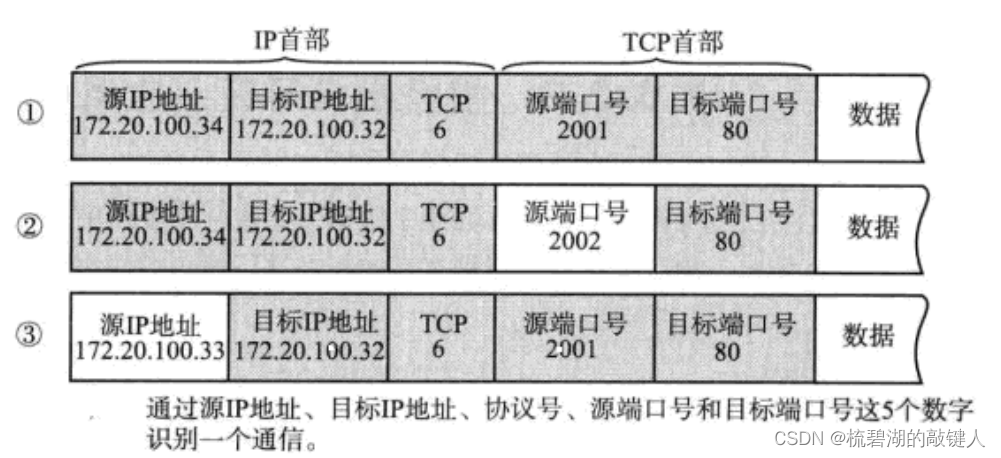
Pass the above figure , You can see it ,ip In addition to the source ip Address and destination ip Out of address , One more TCP6, And this TCP6 Medium 6 Namely TCP Protocol fields for .( namely ,6 Namely tcp The agreement number of )
And for UDP agreement , Its agreement number is actually 17.
You can see from the above figure that , Port number in ip Duan disappeared , And in the tcp In the datagram , Therefore, the port number exists between the application layer and the transport layer , For the agreement number , It exists between the transport layer and the network layer .
4. Reuse of sender and reuse of receiver
Here's the picture :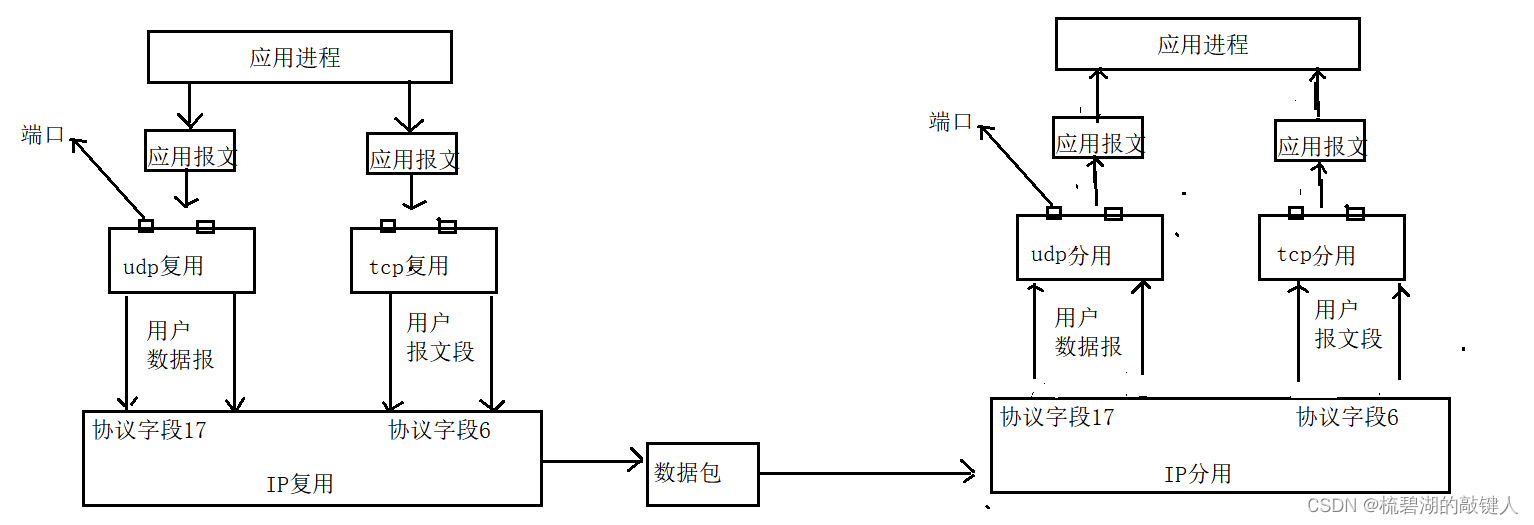
among : For the picture , On the left is the sender , On the right is the receiver , The sender multiplexes the data according to the transmitted protocol , The receiving party divides the data according to the received data , Finally get the result you want .
Know the well-known port number
above , Some well-known port numbers have been introduced , In fact, there are many , Many of the port numbers we often use are as follows :
- ssh The server :22 port
- ftp The server :21 port
- telnet The server :23 port
- http The server :80 port
- https The server :443 port
There are still a lot of it , We can query the well-known port number through this command :cat/etc/services
The query results are as follows :
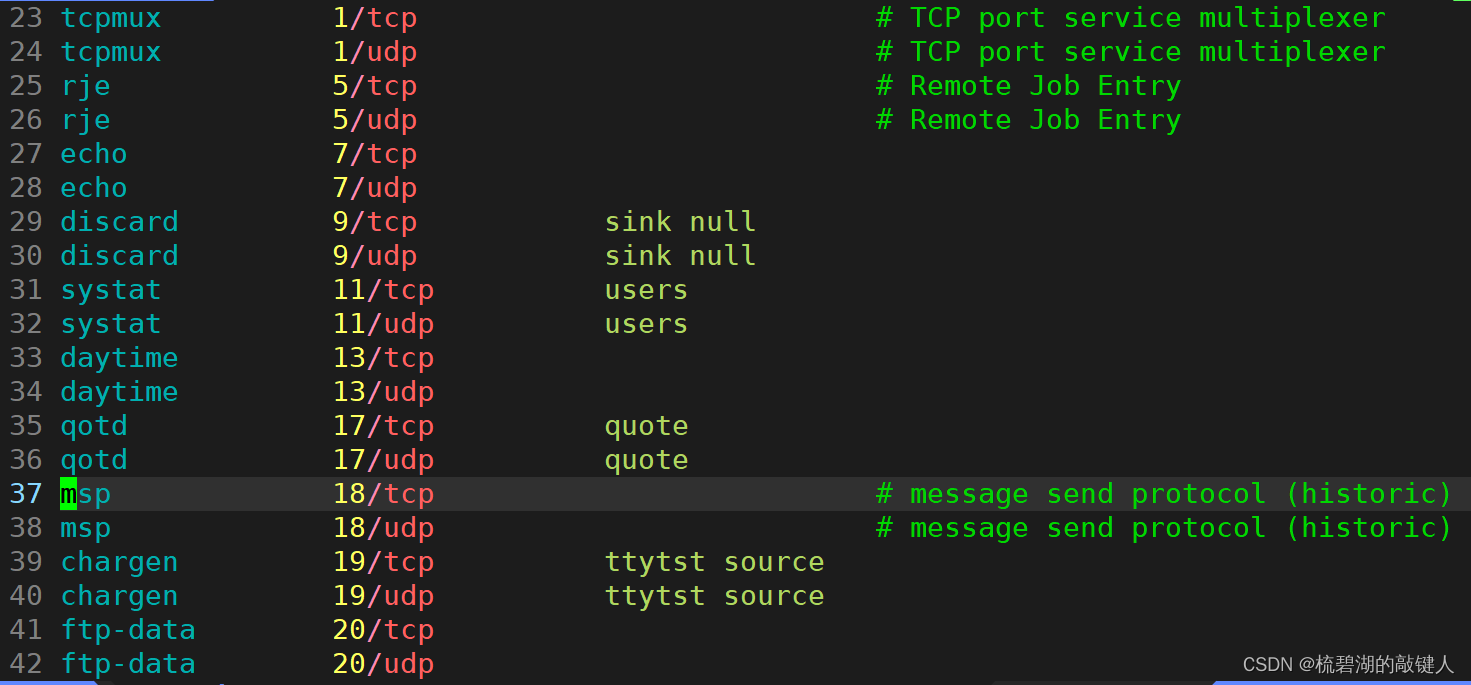
therefore , If we want to write a program to use the port number , We should try our best to avoid using the fixed port number of others , Prevent conflicts .
Two questions
1. A process can bind How many port numbers ?
answer : A process can bind multiple port numbers .
reason : Because multiple file descriptors can be opened in one process , And each file descriptor corresponds to a port number , So a process can bind multiple port numbers .
2. Whether a port number can be used by multiple processes bind Well ?
answer : A port number cannot be bound by multiple processes . namely : A port number can only be bound by one process .( But the above also has some special points , It is a parent process, which is bound with a port number , But he also fork A sub process comes out , This subprocess also has this port number . So in this way, multiple processes are bound to the same port number . however , Different processes that are not parent-child processes , It is absolutely impossible to bind the same port number )
reason : Because the binding of port number only occurs on the server , In general , The server has multiple ports , One port only corresponds to one service . And most of the time ( With the exception of the parent-child process mentioned above ), A service corresponds to a process , There are no two processes serving a port number at the same time .
netstat and pidof
1.netstat command
①: grammar :netstat [ Options ]
②: function : Check the network status .
Common options :
- -n: Reject alias , Can display all of the numbers into numbers .
- -l : Only those with LISTEN( Monitoring ) Service status .( be based on TCP signal communication )
- -p: Displays the name of the program that established the relevant connection .
- -t : Show only tcp Related options .
- -u: Show only udp Related options .
- -a: Show all options , Default not to show LISTEN dependent .
Examples are as follows :
see tcp process 
see udp The process is as follows :
among : Above picture
①Proto: It represents the protocol type .
②Local Address: It means the source side ip Address and source port number .
③Foreign Address: It means the destination ip Address and destination port number .
④State: Indicates the current established state .
3.pidof command
① grammar :pidof [ Process name ].
② function : View by process name id.
for example :
Upper figure , adopt bash, Check their pid Number .
UDP agreement
UDP Protocol segment format
Please look at the chart below. :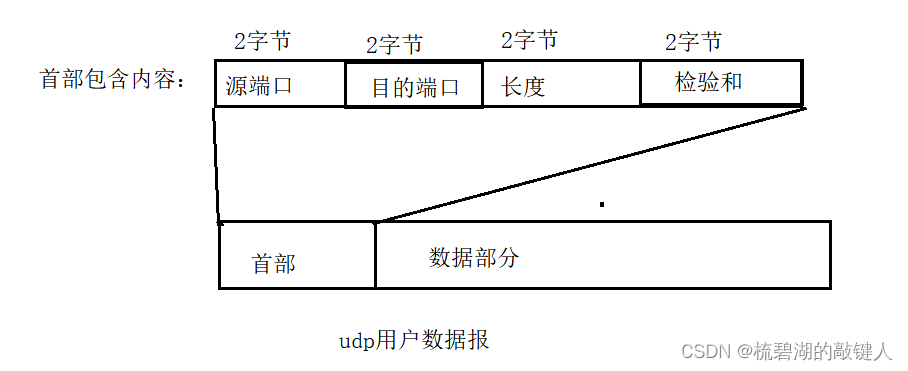
For one udp Simulation diagram of user datagram , among udp The bytes occupied by the header are 8 byte , And it contains four components : Source port , Destination port , length , Inspection and . Every possession 2 Bytes .
among :
- Source port : Where does the data come from .
- Destination port : Where does the data go .
- length : Length of data .( The whole datagram contains the first )
- Inspection and : If udp Message check and error , Will discard the message .
The internal structure is as follows :
It means these four parts .
UDP Characteristics
UDP The process of transmission , Similar to sending a letter , So it has the following characteristics :
1. There is no connection : When communicating with each other , No connection needed ( Just know each other's addresses ), Just send data directly .( Just like sending a letter , I only know your address , I can send you a letter )
2. Support one-to-one , One to many , Many to one and many to many interactive communication : Use udp In the LAN of the Protocol , Any host can send broadcast information to other main sentences ( That is, all hosts in the LAN can receive ), You can also send multicast to one of the multicast groups ( Multicast group is a group composed of several hosts under the same LAN ), Unicast can also be sent to one of the hosts .
3. The application of direct packet delivery layer : The datagram sent by the sender to the transmission layer , Use UDP The agreement will directly add a UDP The first one is sent .
Be careful :
- Application layer to UDP How long data ,udp Will not split , Will not merge , Add directly udp The first part is then sent directly .
- If the sender calls once sendto, And the one sent is 100 Bytes . Then the corresponding end should only call once recvfrom, Once received 100 Bytes , Instead of cycling ten times , Every time I receive 10 Bytes .
- We noticed that , We talked about , Two bytes are used to save one udp Length of datagram , So one udp The maximum byte length of a datagram is 64k, And it also contains the first . therefore , For the data part , When we transmit , Try to be as small as possible 64k, If the data we want to transmit is greater than 64k, Then you need to subcontract manually at the application layer , Send... Multiple times , And manually assemble at the receiving end .( Based on strict whole transmission , That is, if the buffer of the receiver is too small , There is no room for the data sent by the sender , Then this data will be discarded )
4. Do your best to deliver , It's unreliable : If in the process of transmission , The user datagram receives interference and generates error code , The receiving party will act in accordance with udp Header field calibration information , Check the error code , If there is a bit error , The side discards only this datagram , And nothing else ( Because there is no retransmission mechanism , There is no confirmation mechanism ).
And so udp About the buffer :
- udp There is no real buffer , call sendto Will be handed over directly to the kernel , The kernel transmits the data to the network layer protocol for subsequent transmission .
- udp With buffer , The function of this buffer cannot guarantee the received udp Message sequence and sending udp Report in the same order , And if the buffer is full , Then the newspaper coming later will be discarded .
- udp Of socket, Not only can you read , You can also write , It's a full duplex communication socket.
among :udp The test and error detection method of is binary summation algorithm .
Binary summation algorithm :
①: The sender organizes the data , Set the check and position of the header field to 0, And then from the 0 Bytes ( Including the first , Is the first byte of the first part ) Start to reverse sum each byte , beyond 16 Bit , Then cut off the high order , Let it be low 16 Bits continue to sum .
②: After completion, fill the checksum into the inspection sum field .
③: The receiver receives the data , Sum the data in reverse code from beginning to end , Now , If the data is correct , So the end result should be 0.
UDP The protocol corresponding to the application layer
- NFS: Network file system .
- TFTP: Simple file transfer protocol .
- DHCP: Dynamic Host Configuration Protocol .
- BOOTP: Boot protocol .( Used for setting startup without disk )
- DNS: Domain name resolution .
Of course , It also includes writing by yourself udp The protocol customized at the application layer when the program .
边栏推荐
- Cloudcompare & PCL point cloud randomly adds noise
- Switching power supply buck circuit CCM and DCM working mode
- 【EF Core】EF Core与C# 数据类型映射关系
- What if the C disk is not enough? Let's see how I can clean up 25g of temp disk space after I haven't redone the system for 4 years?
- Biased sample variance, unbiased sample variance
- Senparc. Weixin. Sample. MP source code analysis
- Which side projects can be achieved? Is it difficult for we media to earn more than 10000 a month?
- 保研笔记四 软件工程与计算卷二(8-12章)
- 如何获取localStorage中存储的所有值
- 【luogu CF487E】Tourists(圆方树)(树链剖分)(线段树)
猜你喜欢
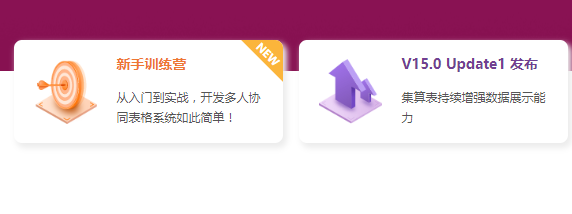
SpreadJS 15.1 CN 与 SpreadJS 15.1 EN

Miaochai Weekly - 8
![[day39 literature extensive reading] a Bayesian perspective on magnetic estimation](/img/9c/438ef820a9f703c21f708bfc1dbbc4.jpg)
[day39 literature extensive reading] a Bayesian perspective on magnetic estimation
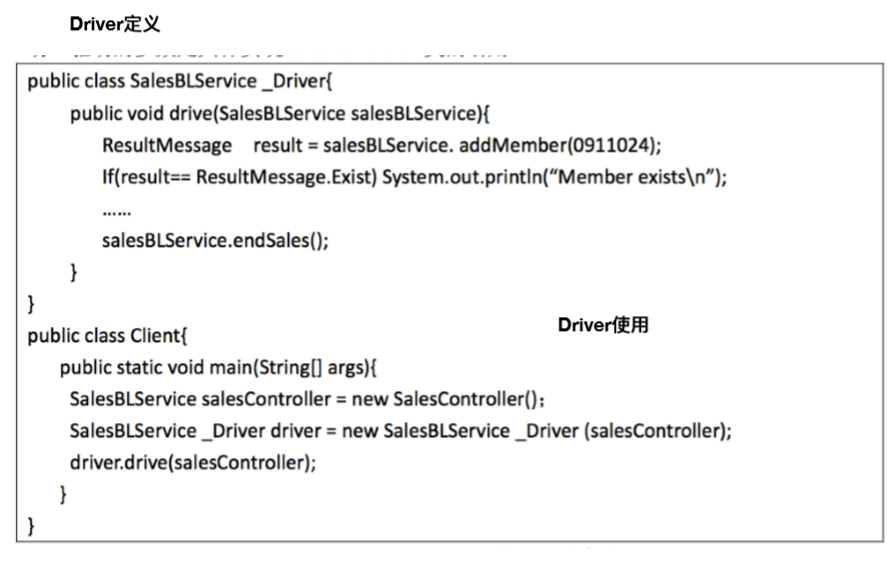
保研笔记四 软件工程与计算卷二(8-12章)

Go language introduction detailed tutorial (I): go language in the era
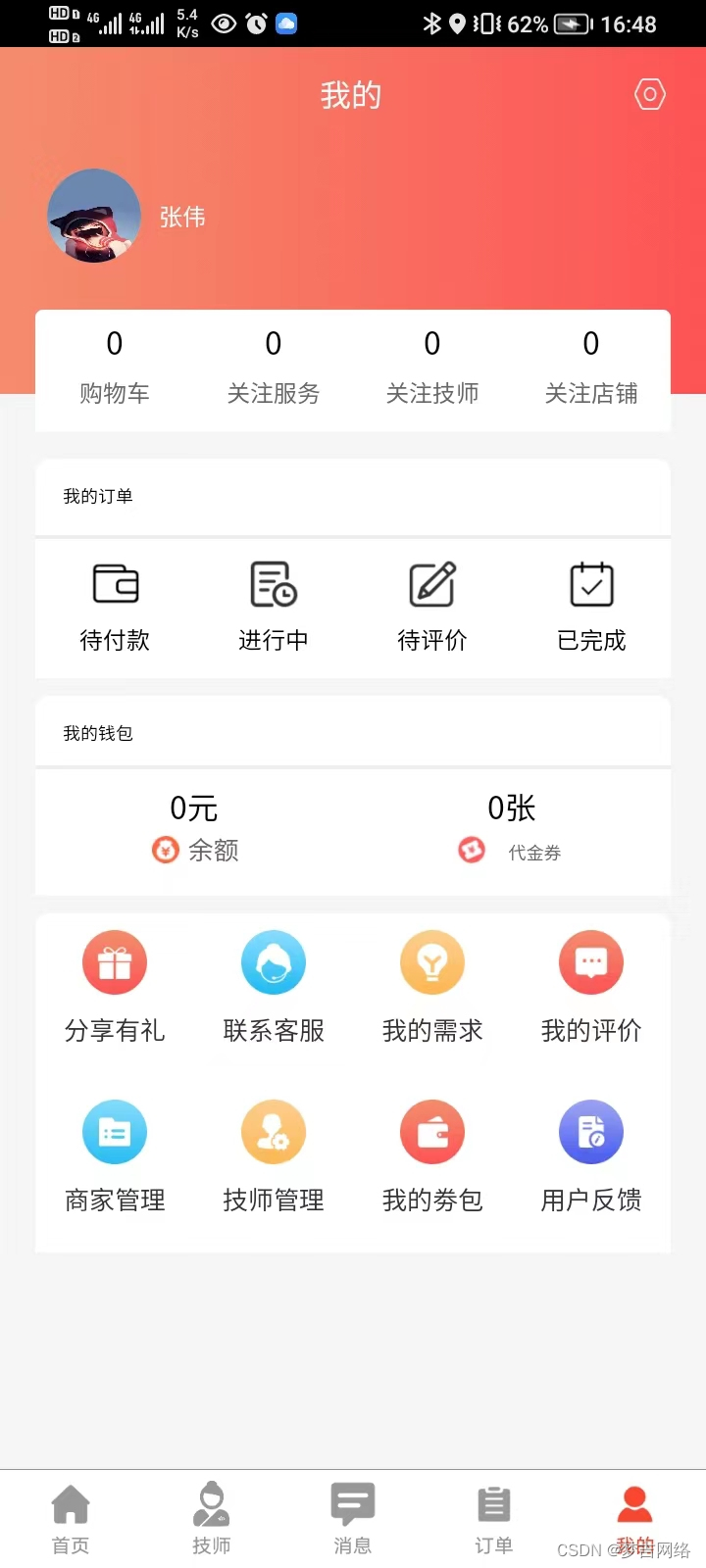
上门预约服务类的App功能详解
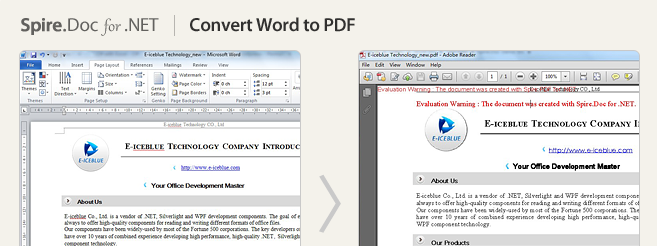
Spire Office 7.5.4 for NET

21.PWM应用编程
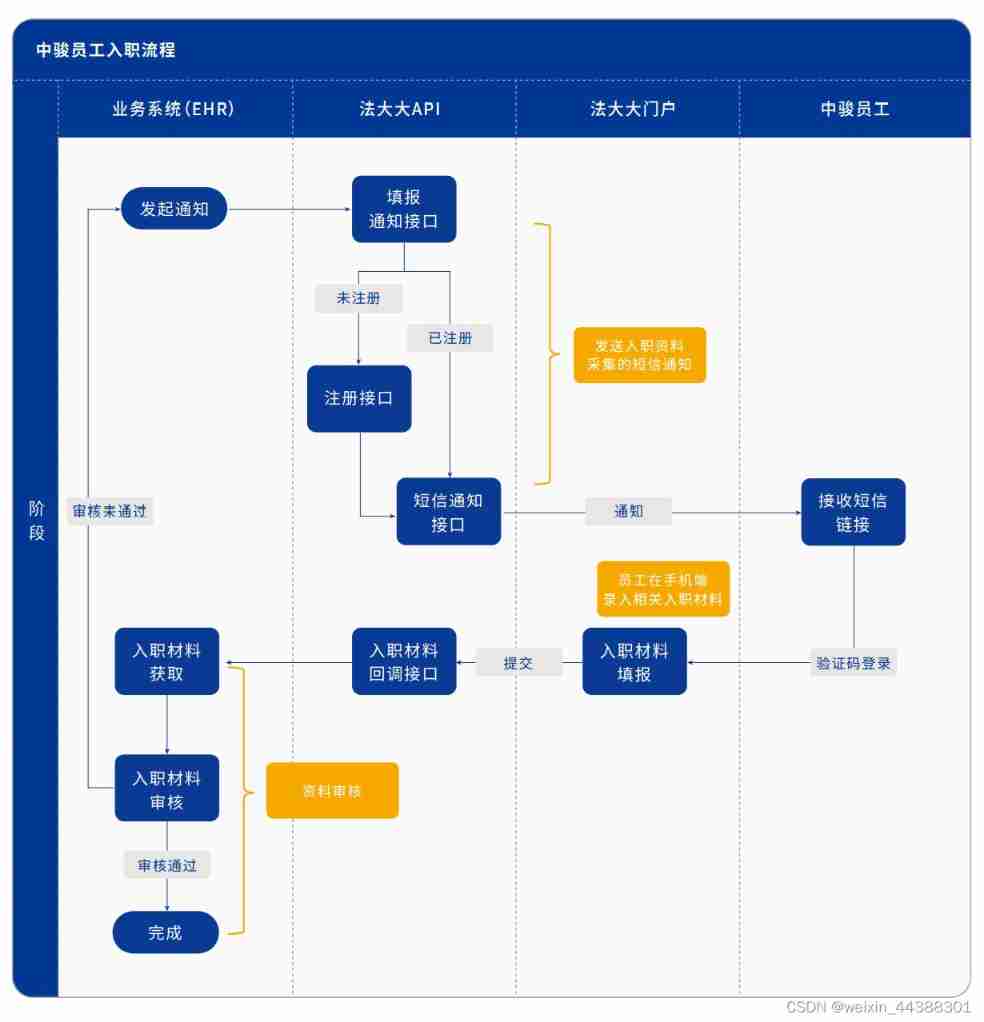
Zhongjun group launched electronic contracts to accelerate the digital development of real estate enterprises
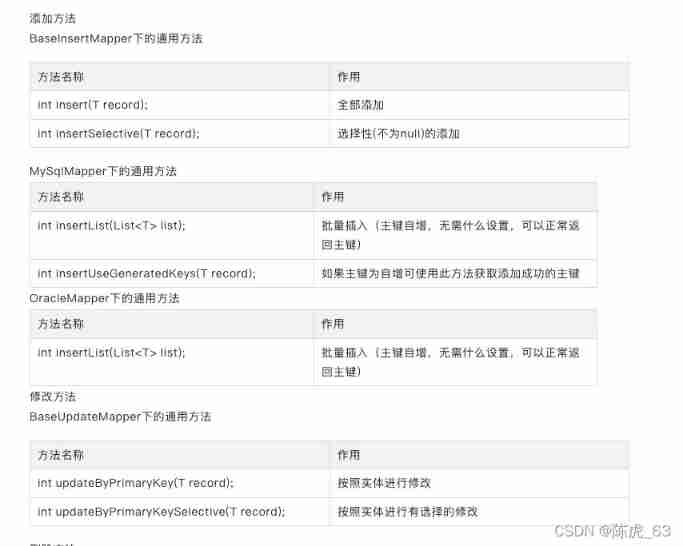
Use mapper: --- tkmapper
随机推荐
C file and folder operation
[Luogu cf487e] tours (square tree) (tree chain dissection) (line segment tree)
Rasa 3. X learning series -rasa x Community Edition (Free Edition) changes
俄外交部:日韩参加北约峰会影响亚洲安全稳定
Zero rhino technology joined hands with the intelligence Club: the "causal faction" forum was successfully held, and the "causal revolution" brought the next generation of trusted AI
【LeetCode】5. Valid palindrome
GFS distributed file system
如何获取localStorage中存储的所有值
零犀科技携手集智俱乐部:“因果派”论坛成功举办,“因果革命”带来下一代可信AI
Problem solving win10 quickly open ipynb file
Rasa 3.x 学习系列-Rasa 3.2.1 新版本发布
"14th five year plan": emphasis on the promotion of electronic contracts, electronic signatures and other applications
GFS Distributed File System
Redis high availability - master-slave replication, sentinel mode, cluster
Opencvsharp (C openCV) shape detection and recognition (with source code)
Bao Yan notes II software engineering and calculation volume II (Chapter 13-16)
China Jinmao online electronic signature, accelerating the digitization of real estate business
Zhongjun group launched electronic contracts to accelerate the digital development of real estate enterprises
Use CAS instead of synchronized
亲测可用fiddler手机抓包配置代理后没有网络